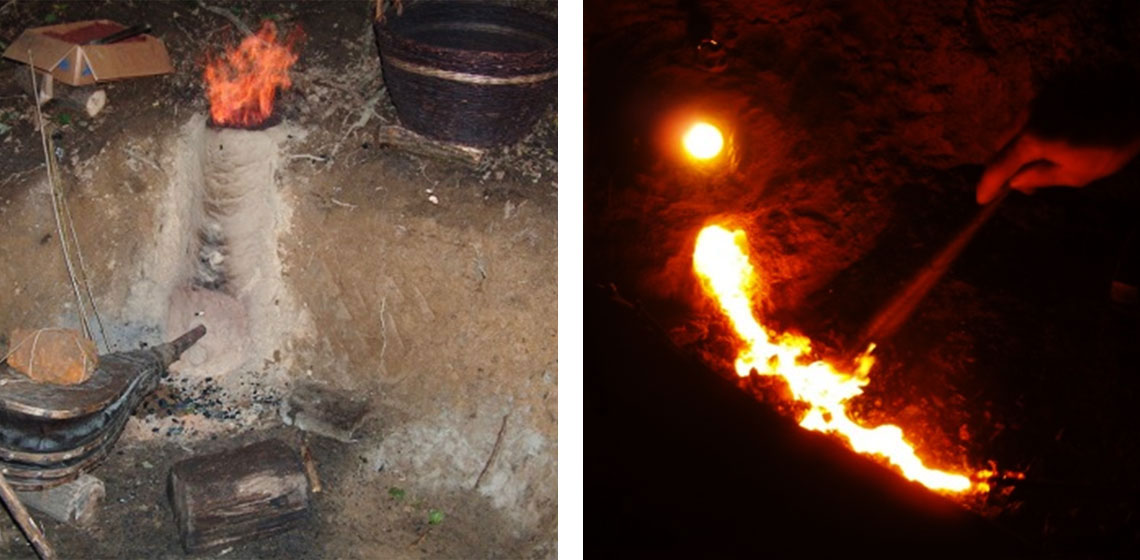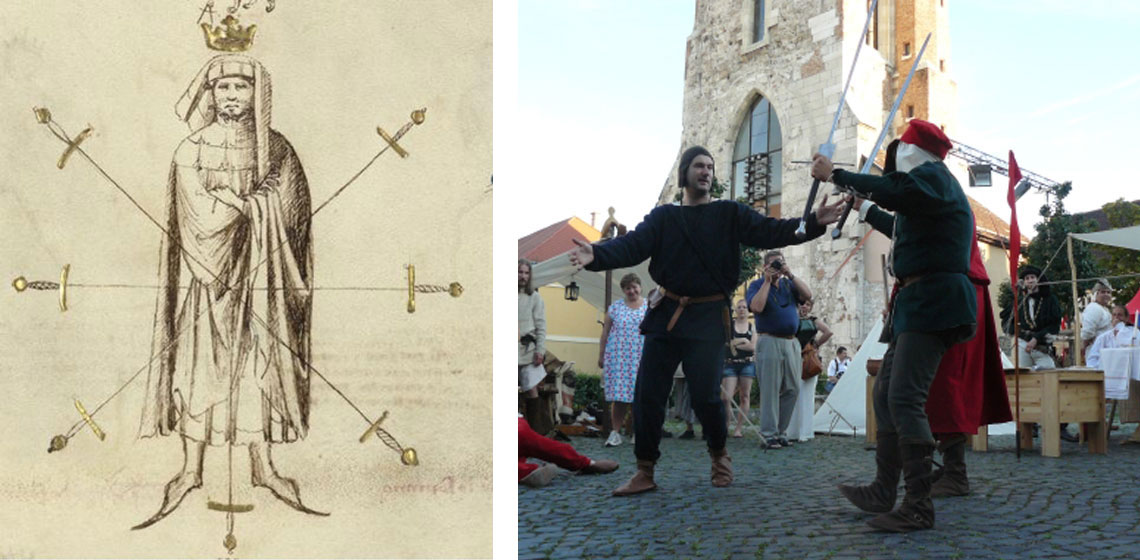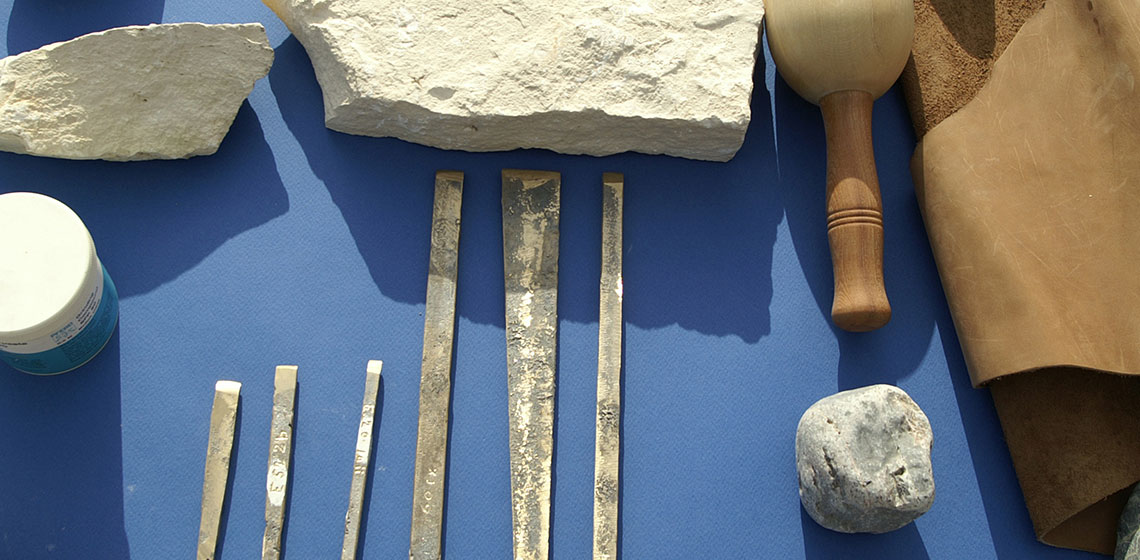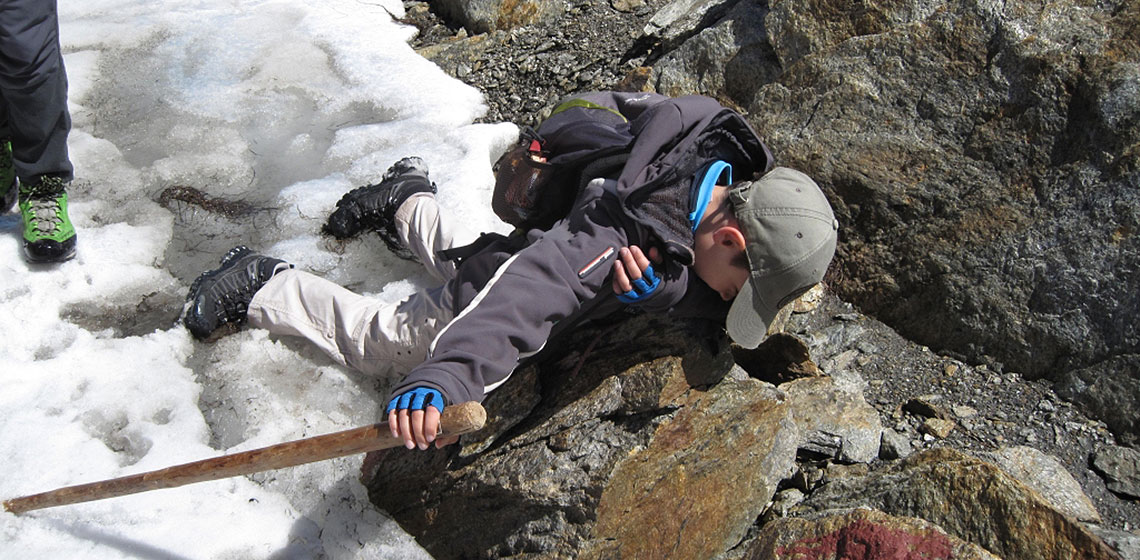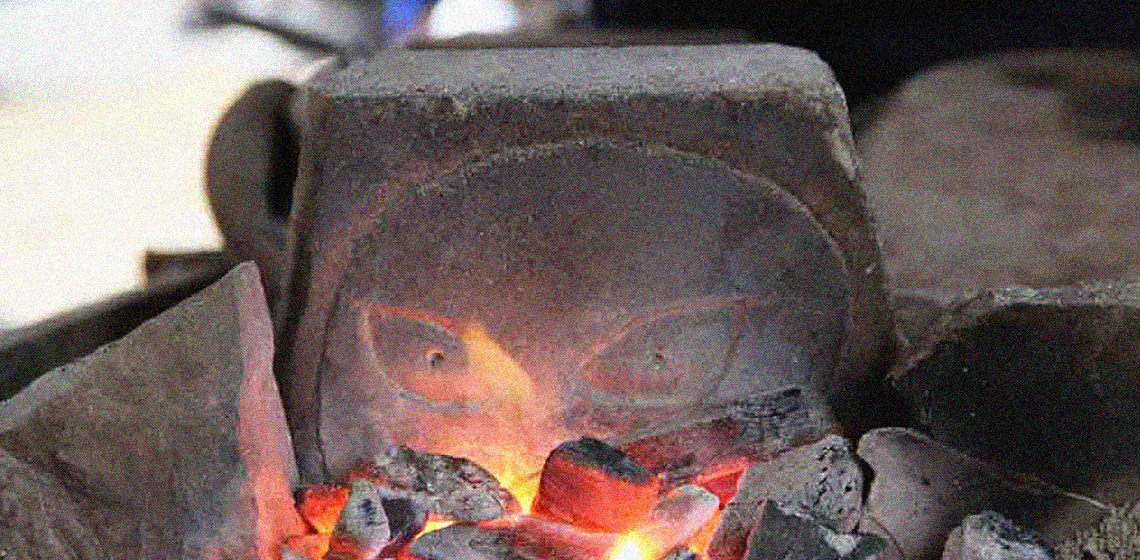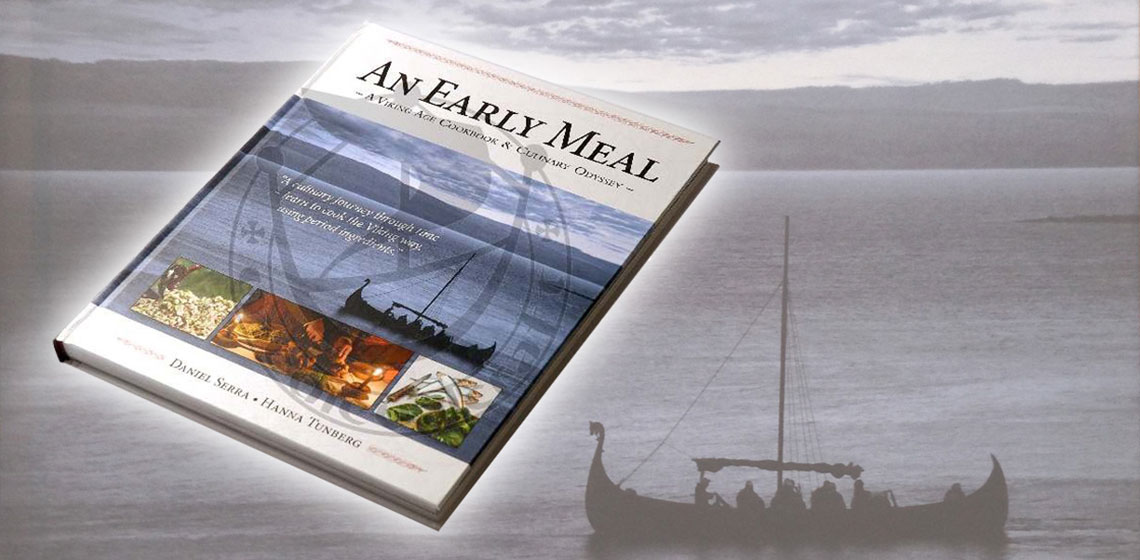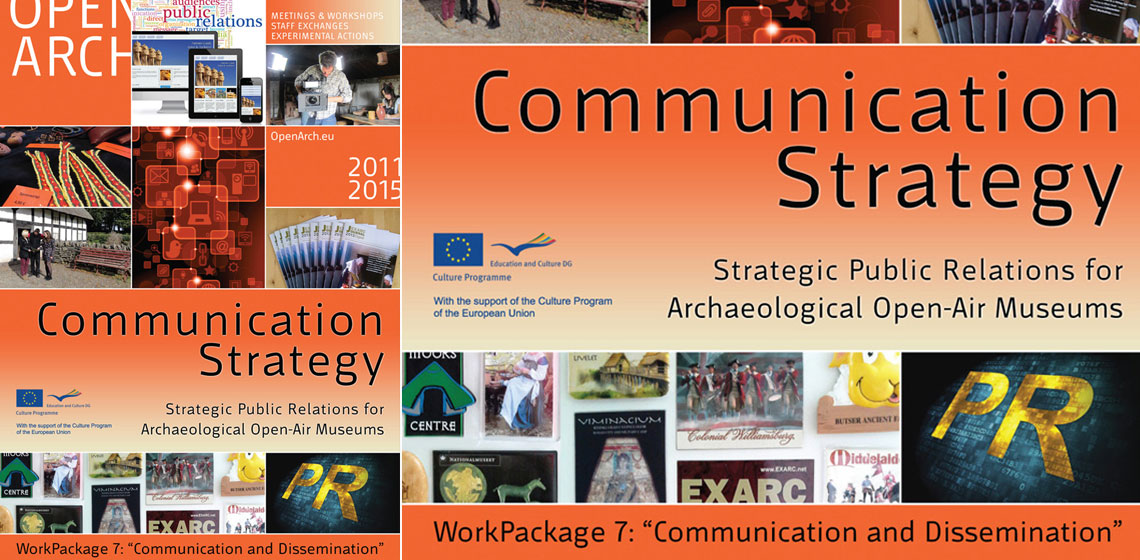EXARC Journal Issue 2014/2



9 Articles | DOAJ | Open Access
ISSN: 2212-8956
Publishing date: May 15, 2014
📄 EXARC Journal 2014/2 Table of Contents
Copyrights: EXARC, 2014
Summary
May 15th, the second online Issue of this year has been published. Since 2014 it is EXARC's aim to post four online issues a year. This issue contains nine articles divided over four sections. Four articles are Mixed Matters, others are reviewed articles. Issue 2014-2 includes among others three articles from the 2013 EXARC meeting at Csiki Pihenökert (HU). In the first week of September 2013 EXARC, together with Csiki Pihenökert, hosted a conference in Hungary. With participants from seven countries we worked on live interpretation, living history and education in archaeological open-air museums and similar places. Our themes were “live interpretation and education: behind the scenes and international stories”.
Reviewed Articles
From the Soil to the Iron Product - the Technology of Medieval Iron Smelting
***Nowadays, the development of technology rushes past the people of the machine-based technical civilisation, therefore they fail to understand the technological wonders that surround them. One of these is the ancient technology of iron smelting...
Historical European Martial Arts (HEMA) and Reenactment - Concept, Problems, Approaches in Our Experience
To Use or Not to Use a Minoan Chisel? Ancient Technology in a New Light
***The Minoan chisel is thought to have been used by the metal worker, the stone mason, the sculptor, the carpenter, and the ivory and bone worker. However, barely any work has been conducted to substantiate the different workers and their chisels...
Archaeological Live Interpretations, Docu-Soaps and Themed Walks: Similarities and Differences
***Since the 1990s, experience-oriented historical communication has been steadily increasing. Yet in-depth research of forms of historical representation and acquisition such as museum theatre, themed walks, or time travel within docu-soaps has remained minimal. Beginning in 2011/12, the fellows of the interdisciplinary research project, Living History...


